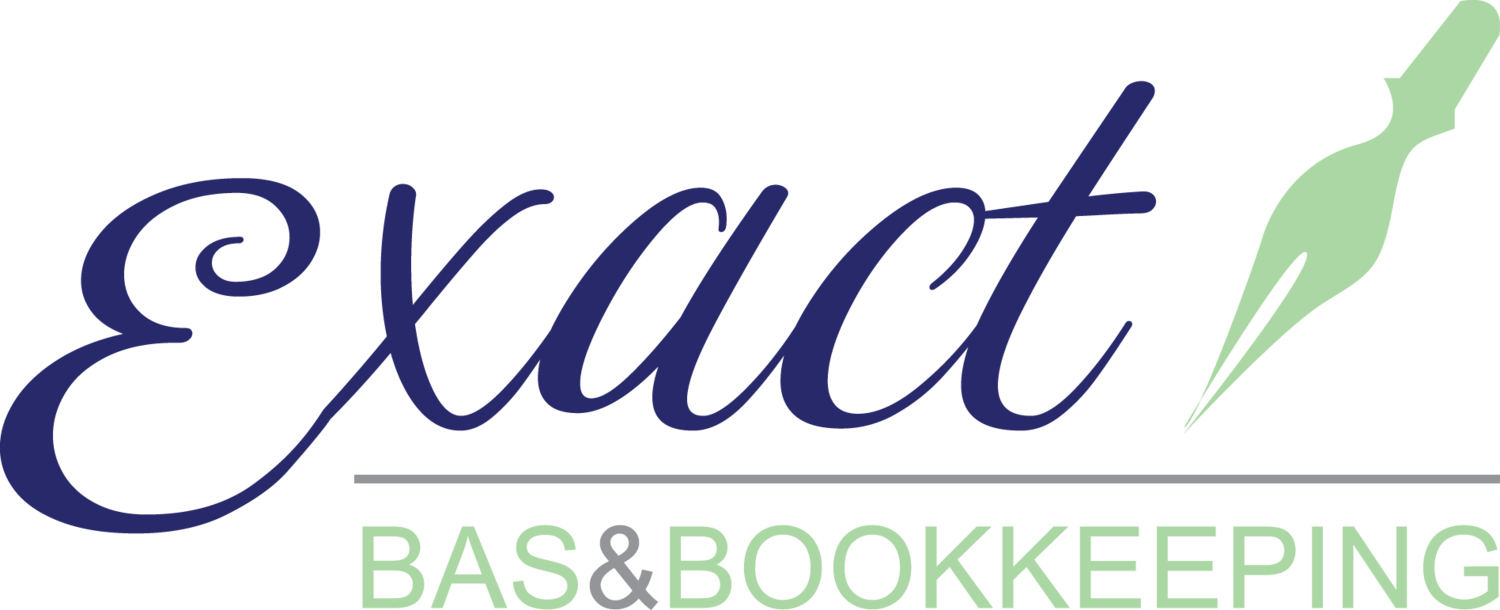What is a Profit and Loss Statement?
If you're thinking of starting a business or seeking financing for your venture, you're probably worried about all the bookkeeping involved. The good news is that it's not as hard as you might think. One item you will need to familiarize yourself with is a profit and loss (or P&L) statement.
A profit and loss (P&L) report is a financial statement that summarises the total income and total expenses of a business in a specific period of time. It is also known as the income statement or the statement of operations. The goal of a P&L report is to measure the profits by excluding the expenses from the income and provide an overview of the financial health of the business. A profit and loss statement contains summarised information about revenue and expenses. Based on the standard operating procedure of a business, these statements are generated on a weekly, monthly, quarterly or annual basis.
The basic formula of a P&L report is:
Revenue - Expenses = Profit/Loss
A profit and loss report is an important financial statement used by business owners, accountants and bookkeepers. The report shows information about the net profit or loss based on your revenues and expenses. It details the ability of a business to manage its profits by cutting costs and driving revenue. The P&L report also allows you to investigate revenue and expense trends, cash flow, net income and overall profitability to then allocate resources and budgets accordingly. Another reason to generate a profit and loss report is because it’s required by the ATO to assess taxes on the business profits.
How to Calculate Profit
To find the net profit (or net loss) of your business, here are a few simple steps.
Gross Profit = Net Sales - Cost of Sales
Net Operating Profit = Gross Profit - Operating Expense
Net Profit before Taxes = Net Operating Profit + Other Income − Other Expense
Net Profit (or Loss) = Net Profit before Taxes − Income Taxes
Components of a Profit and Loss Report
1. Revenue:
This entry represents the net sales or turnover during the accounting period. It includes the revenue earned from the primary business activity of the entity along with the non-operating revenue and gains on the sale of long-term business assets.
2. Cost of Goods Sold:
It represents the cost of products and services.
3. Gross Profit:
Also known as gross income or gross margin, the gross profit is net revenue excluding costs of sales.
4. Operating Expenses:
Operating expenses are administrative, general and selling expenses that are related to running the business for a specific period of time. This includes rental expenses, payroll, utilities and any other expense required to operate the business. Also included are non-cash expenses such as depreciation.
5. Operating income:
It refers to earnings before taxes, depreciation, interest and authorization. Deduct operating expenses from your gross profit to calculate operating income.
6. Net Profit:
It is the total amount earned after deducting the expenses. To calculate net profit, subtract the total expenses from your gross profit.
